Life on a subantarctic island: installing a new renewable energy system at Bird Island Research Station
6 July, 2023 Bird Island, Net zero
British Antarctic Survey aims to reach net zero carbon emissions by 2040 and decarbonise our polar research stations by 2030. A key part of this project is to end the reliance on conventional fuels and replace it with renewable energy. As part of our coverage for Net Zero week (1-7 July), Tom Boagey, Building Surveyor, writes about working at Bird Island Research Station on South Georgia and installing new solar panels and a battery plant room to reduce carbon emissions. He discusses the realities of working somewhere so remote and the importance of decarbonising the station.
Arriving at Bird Island
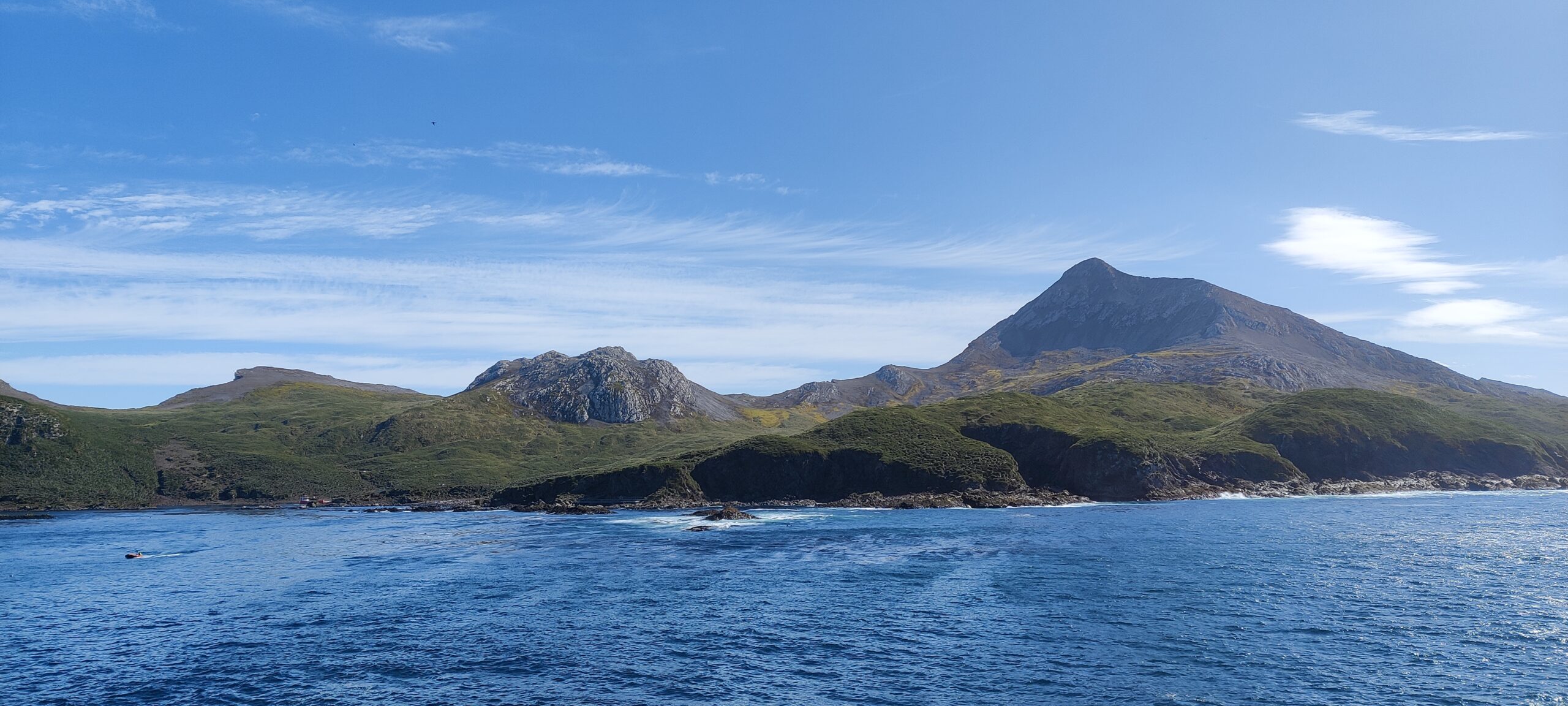
My first day at Bird Island was unforgettable. The sheer number of wild creatures loping, loitering and leaping in the water around the small boat as we made our way slowly to the jetty was breath-taking. Then the smell hit us, and looking up we saw uncountable, enormous birds soaring above. Have we entered an opening scene for Jurassic Park? Once we’ve met the team, we began bringing supplies from the RRS Sir David Attenborough to the station. A fun experience with young seal pups barking nearby.
First Call
Organising the materials for the solar project was a mammoth task, but made short and sweet by the number of hands available. On a small station like Bird Island, everybody pitches in. The final lift from Terror (the cargo handling boat of the RRS Sir David Attenborough) were the two 10ft containers to form our battery plant room.
Project work
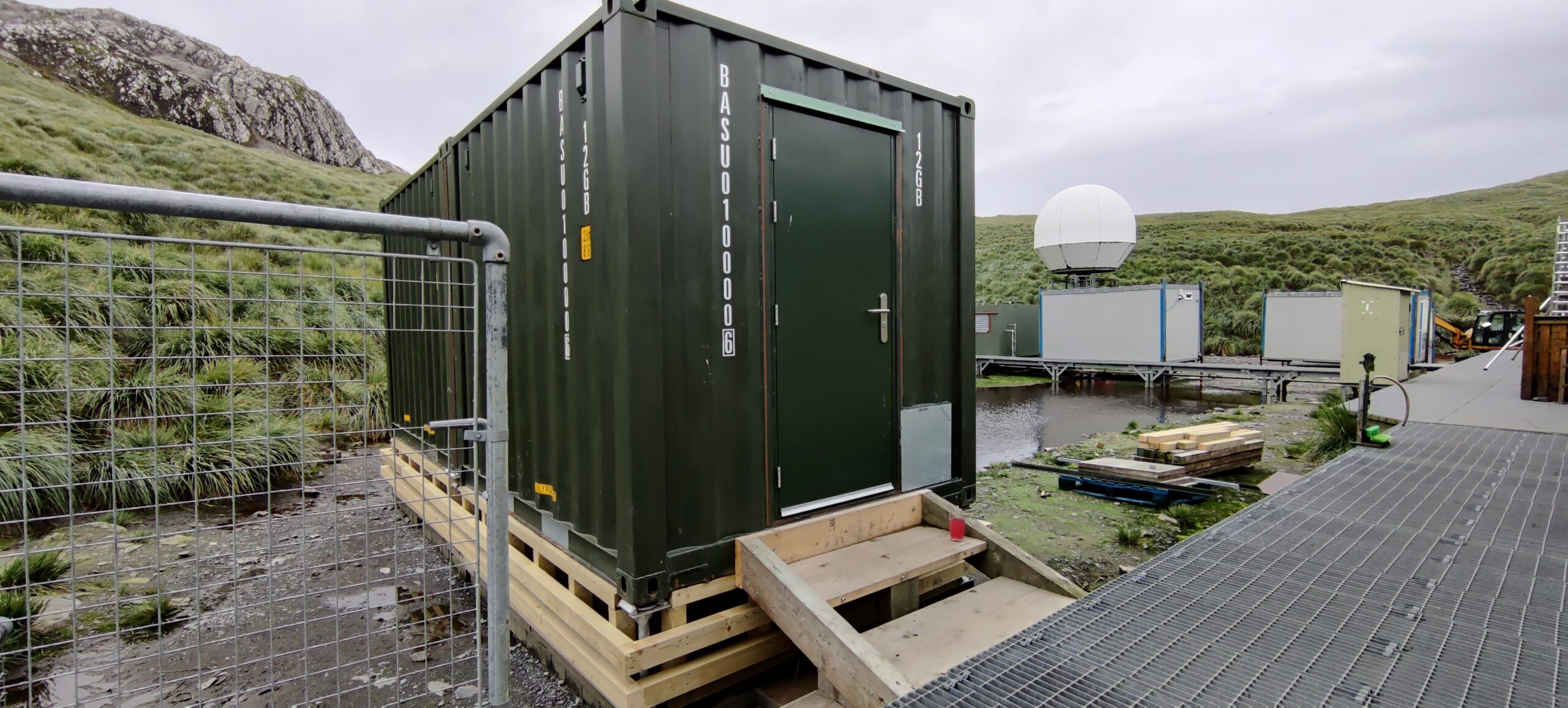
Our initial focus was installing the battery plant rooms. This comprised two 10ft containers, modified so that when joined together would form a 20ft long plant room. The containers sit on top of a timber raft foundation on adjustable legs to give us a level room on imperfect ground.
Once the plant room was installed, we switched our focus to strengthening the roof of Prince House, the main living/working building at Bird Island. This involved installing around 1 tonne of timber to the existing slim roof trusses, to provide a wide and firm grounding for the solar panel fixing bolts.
This was hard work with three of us clambering inside the cramped loft void for four weeks, cutting timbers, piloting holes, spreading laminating glue, and finally hammering home 300mm long stainless bolts, to both sides of each truss.
This work provided the appropriate strength to the roof to withstand the pull-out force of a large solar array (acting like a sail) with 70mph winds gusting beneath it.
Onwards and upwards
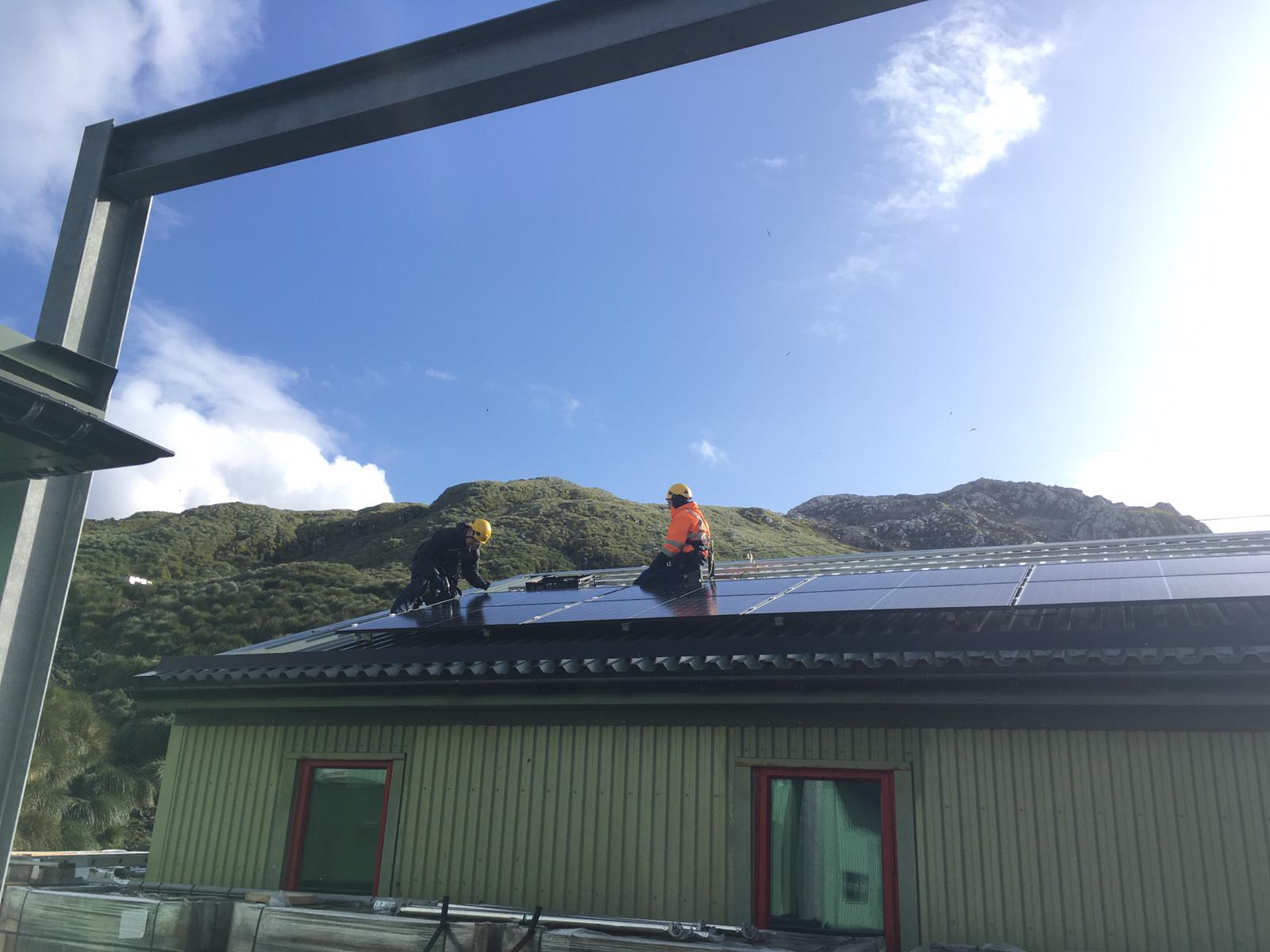
Once the roof was reinforced, we then focused on working above the roof installing the heavy duty anchor bolts into the new timbers. This involved careful setting out, lots of measurement and use of string! A safety line system on each roof allowed us all to clip on and work without fear of falling.
The anchor bolts were levelled off and rubber sealing gaskets compressed to form a weathertight seal with the existing roof surface. Each anchor bolt holds a bracket that would clip into a specially designed rail, to which the solar panels are fixed. Once the bolts are installed, everything else is comparatively quick. The only job left was to form the strings (solar panels connected together in a particular order to feed inverters) and extension cables to connect the inverters to the arrays.
Dingle days and new battery system
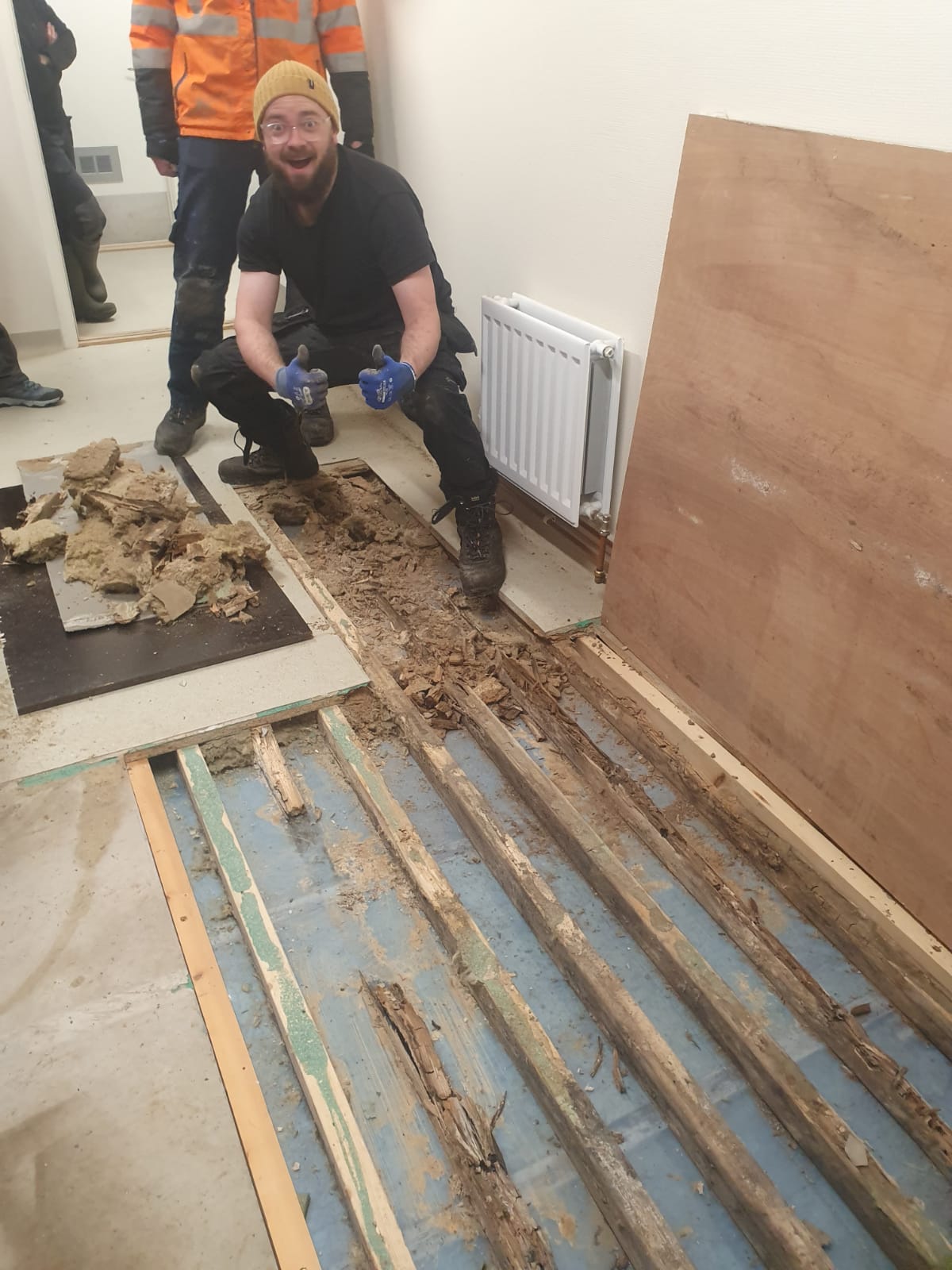
Given the inclement weather at Bird Island, it was tough to plan a day’s work outside. We made full use of any “dingle days” (i.e., sun and low wind), including working the weekends. In poor weather, there was still plenty to do, but the slightest bit of rain made the roofs treacherous to work on.
The battery system used at Bird Island is Lithium Iron Phosphate, the latest safe battery chemistry available on the mass market. The batteries are fully modular, allowing simple two-person lifts into position. The batteries are then all connected to a series of busbars and into a main control panel via 240v inverters.
Journey towards net zero at Bird Island Research Station
The importance of our work was amplified every day as the station generator rumbled in the background. The reliance and importance of MGO (marine gas oil) on station is always present, and many of the daily tasks of the station tech revolved around the engines and the fuelling system.
A summary alarm at midnight (indicating a fault with the duty generator), indicates how important it is to always maintain electrical power to the station. All hands would immediately rise to the occasion no matter the time, and work would begin immediately to rectify a problem. Being able to switch to a large battery bank capable of running the station when a generator is down for maintenance takes a huge load off the station staff, but also provides further redundancy for critical life support systems.
We were able to install 300 photovoltaic panels during my three months at Bird Island with the remaining planned to be installed during 23/24 summer season. The installed solar system at Bird Island will provide 50% of the power required in its current state and we are already looking at ways to increase this over the coming years. Our ultimate goals are to reduce MGO usage on remote stations like Bird Island to zero, using renewable energy and reducing energy demand in tandem.
Out and about on Bird Island
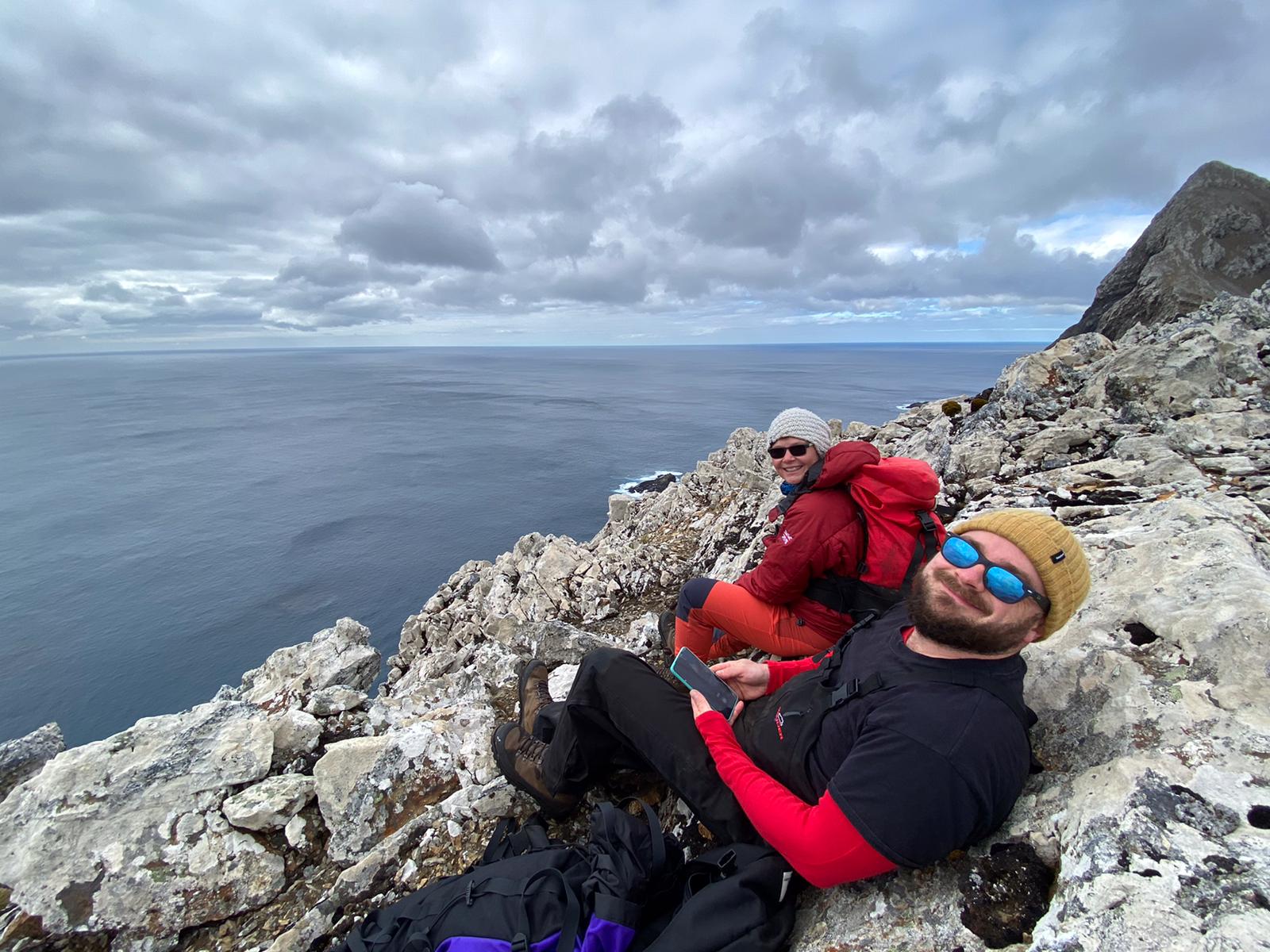
Despite all the project work, a week wouldn’t go by without us taking opportunities to assist the scientists on station in their duties, including weighing seal pups, counting penguins, or being vomited on by unimpressed geep (Giant Petrel) chicks while tagging and weighing them.
Climbing the hill out of station was initially hard work, but we soon got our Bird Island fitness after a few trips!
Sailing Home
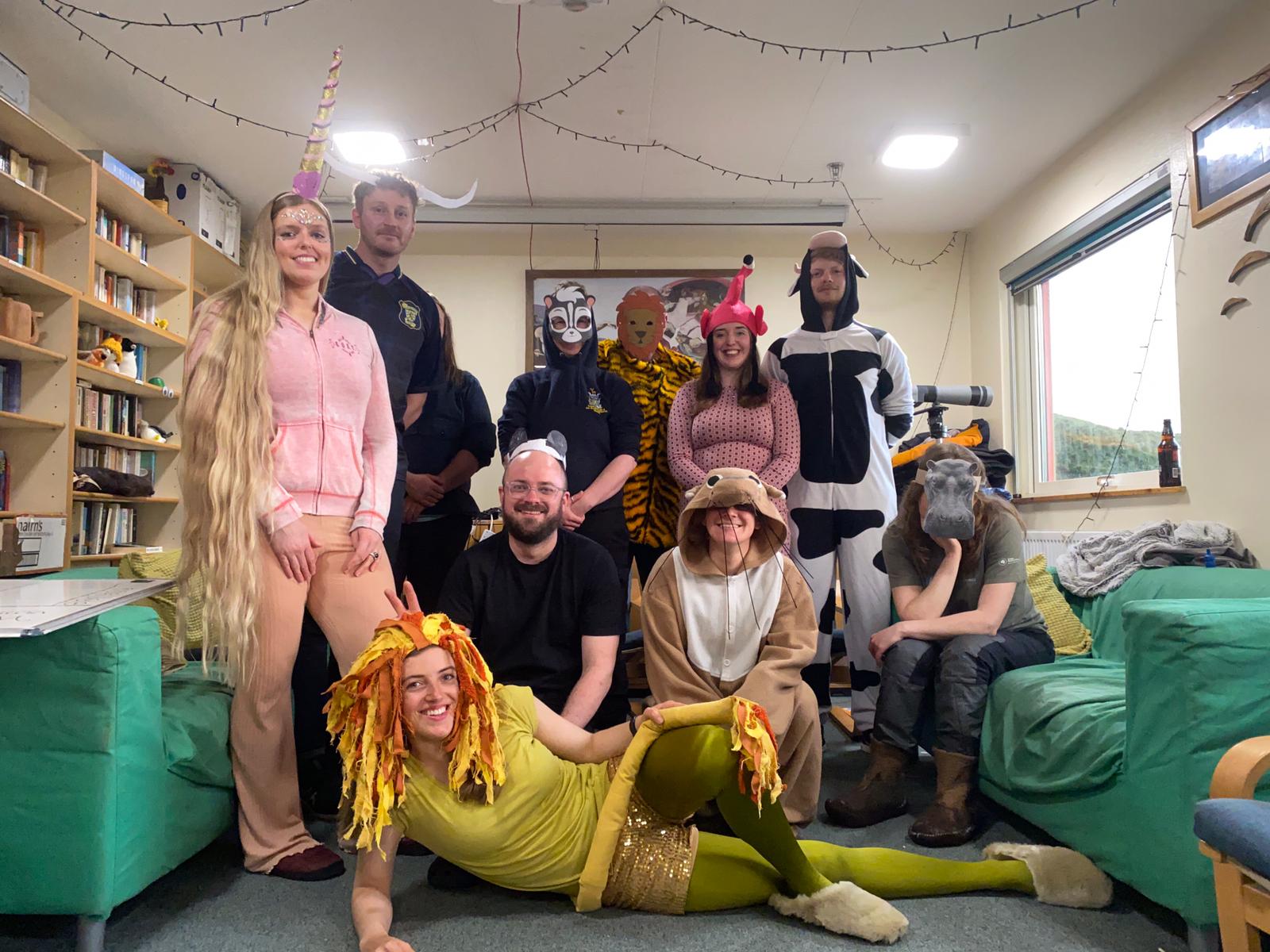
Our three months ended quicker than expected, and before we knew it, we were readying for last call. This included us preparing two vehicles (left behind from a previous project) for uplift. Despite much trepidation and worry, the stars aligned, and we were gifted with two full dingle days. Both machines were lifted out in one day, to much applause by all on station and those back in Cambridge.
We will be returning to Bird Island next season to complete solar installations to Pipit House and the Generator Shed, running cables, and final commissioning of the entire renewable energy system.
Find out more about Net Zero at British Antarctic Survey, including Bird Island Decarbonisation.